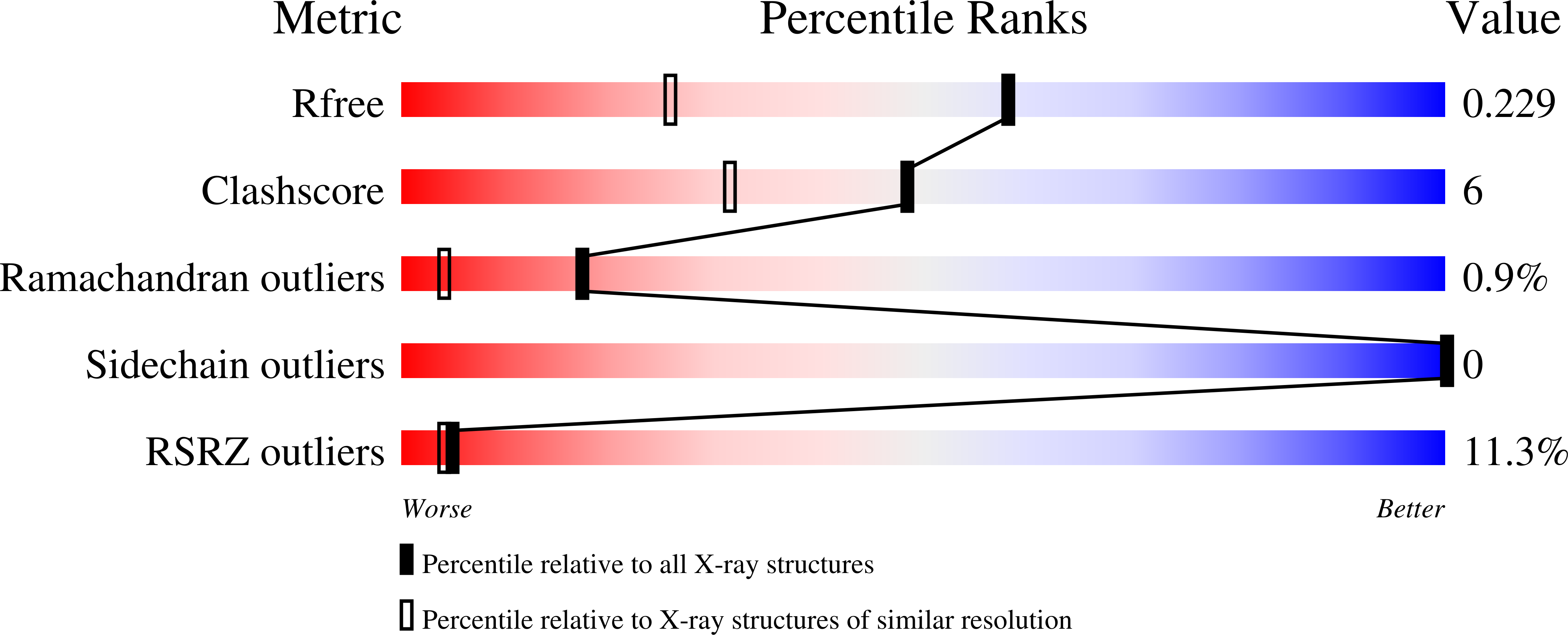
Deposition Date
2007-12-27
Release Date
2008-11-11
Last Version Date
2023-11-01
Method Details:
Experimental Method:
Resolution:
1.59 Å
R-Value Free:
0.22
R-Value Work:
0.20
R-Value Observed:
0.20
Space Group:
P 21 21 2


